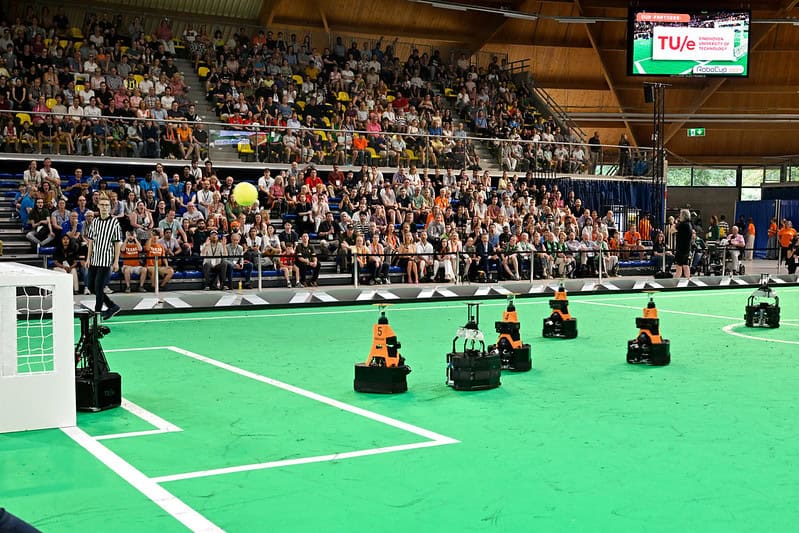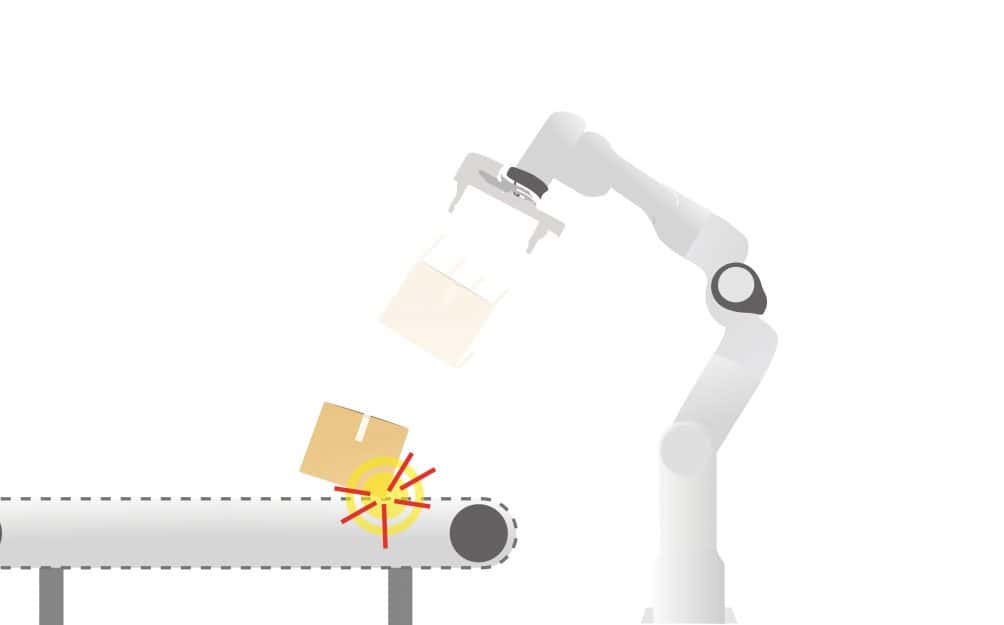
Researchers from the University of Cambridge conducted a study on the influence of two robot coaches’ appearance on mental wellbeing sessions at a tech firm. With 26 employees participating, the toy-like robot was highly preferred over the more humanoid robot coach, possibly due to more realistic expectations. The study demonstrates that although these robots may not fully resemble the highly interactive fictional ones, they can still effectively facilitate mental wellbeing exercises in the workplace.
When Robots Step Out of the Lab
The research aimed to study the robots in a real-world setting, as most studies on robots and wellbeing have been conducted in laboratory environments. Researchers collaborated with local technology company Cambridge Consultants to design a workplace wellbeing programme that utilized robots. Over the course of four weeks, employees were guided through four different wellbeing exercises by either the QTRobot (QT) or the Misty II robot (Misty). The QT is a childlike humanoid robot, while Misty is a toy-like robot; both have programmable screen faces capable of displaying various facial expressions.

Matching Expectations Participants who did their wellbeing exercises with the toy-like Misty robot felt more connected to their ‘coach’ than participants who worked with the humanoid-like QT robot. Dr. Micol Spitale, the first author of the paper, suggests that this could be because the Misty robot, appearing more toy-like, better matched the participants’ expectations. In contrast, the humanoid QT may have raised expectations of human-like behavior that the robot simply couldn’t live up to. This difference in expectations, according to the researchers, may limit the potential applications of robotics in promoting wellbeing.
One common response from study participants was that their expectations of the robot did not match reality. Participants mentioned that they were hoping for more interactivity in their conversations with the robots. At present, creating robots capable of natural, interactive conversations remains a significant challenge. However, new developments in large language models may help improve robot interactivity and overall, the potential for facilitating mental wellbeing sessions.
The study concludes that robots can aid workplace mental wellbeing, albeit, it is essential that they look right. Participants in the study found the wellbeing exercises helpful and expressed openness to discussing their mental wellbeing with a robot in the future. The research team is now focusing on enhancing the robot coaches’ responsiveness during coaching practices and interactions. Their efforts aim to increase the effectiveness of robots as mental wellbeing facilitators in the workplace, while also dispelling unrealistic expectations from popular culture.








